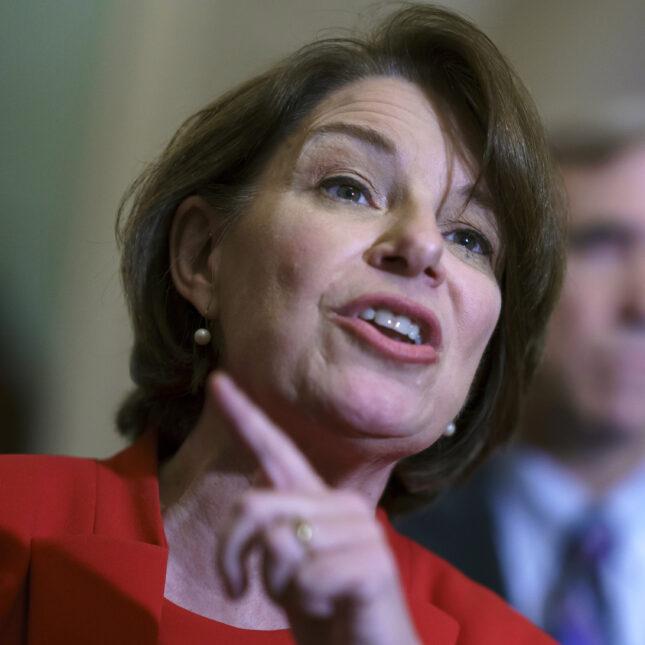In the shadow of AI’s unbridled progress lies a quiet inquiry into its very soul – or, at least, the lawmakers who oversee its development want to know what lies within. A growing interest in the tech behemoth OpenAI has sparked a Congressional examination, focusing on two pressing concerns: ensuring safety and addressing the impact on employment.
Safety Concerns Amidst Rapid Growth
As the tech world witnesses unprecedented growth in AI adoption, concerns over safety and employment practices have come to the forefront. Senators are now scrutinizing OpenAI, a prominent player in this landscape, regarding their protocols for ensuring user safety and treating employees with dignity. This development reflects the shifting focus towards accountability within the tech industry.
In recent times, there have been instances where AI-driven applications have caused unintended harm or generated unforeseen consequences. For instance, The Washington Post reported on a situation where an OpenAI bot, DALL-E**, created an image depicting a violent scene involving President Joe Biden. This incident led to discussions around the need for stricter content moderation and oversight.
A group of senators has written to OpenAI’s leadership expressing their concerns regarding employment practices and safety protocols. The letter cites examples such as inadequate worker compensation, dismissed employee grievances, and lack of clear communication channels.
| Safety Concerns Cited by Senators: |
|
|---|
The senators also requested information on the number of incidents where OpenAI’s AI models have caused harm or generated unwanted consequences. This inquiry seeks to address concerns over the potential risks associated with these advanced technologies.

Exposing the Dark Side of AI Employment Practices
As the AI landscape continues to evolve, so do concerns about employment practices and safety protocols employed by leading AI companies. In a move aimed at shedding light on these matters, two US Senators have initiated an investigation into OpenAI, a prominent player in the field of artificial intelligence.
Concerns Raised
- **Job Creation and Displacement**: The senators have expressed concerns over the potential for AI-driven job displacement and whether OpenAI’s practices align with best practices in safeguarding worker rights.
- **Safety Protocols**: Questions have been raised about the adequacy of safety measures within OpenAI, including how the company addresses issues related to bias, transparency, and accountability within its systems.
The investigation is centered around OpenAI’s use of AI for employment purposes. To better understand these concerns, let’s look at a table that outlines some of the key areas being probed:
| Area of Concern | Details |
|---|---|
| Job Creation and Displacement | The senators have asked OpenAI to provide information on the number of jobs created versus those displaced due to the adoption of AI technology. |
| Safety Protocols | OpenAI is being questioned about its policies and practices for ensuring the safety, transparency, and accountability within its systems. |
This investigation serves as a reminder of the complexities involved in developing and using AI technology. As we move forward, it’s essential to address these concerns while exploring the immense potential benefits of AI for society.
The Rise of Job Replacement: A New Era for Workforces?
Senators probe OpenAI on safety and employment practices
The intersection of artificial intelligence (AI) and job markets has become a pressing concern in recent years. The rapid advancement of AI technology, particularly in the realm of machine learning, has led to the development of sophisticated tools that can automate various tasks previously performed by humans. This trend has sparked debates about the impact on employment, with some predicting widespread job replacement and others arguing that new opportunities will emerge.
| **Job Function** | **Automation Potential** |
|---|---|
| Data Entry Clerk | High |
| Tax Preparation | Medium to High |
| Maintenance and Repair Worker | Low to Medium |
The recent Senate hearing on OpenAI’s safety and employment practices has shed light on these concerns. The discussion centered around the potential consequences of AI-driven job automation, including the displacement of workers in certain sectors. As policymakers consider ways to mitigate these effects, it is essential to weigh the benefits and drawbacks of emerging technologies against the needs of workforces. By fostering an environment that encourages innovation while addressing the social implications of technological advancements, we can navigate this new era for workforces.

Mitigating the Risks of Automation and Artificial Intelligence
Senators probe OpenAI on safety and employment practices
The intersection of automation and artificial intelligence has given rise to a myriad of complex issues that warrant scrutiny from lawmakers. In the United States, senators have initiated an inquiry into the practices of OpenAI, a leading player in AI research and development. This move is a testament to the growing concern over the potential risks associated with these technologies.
One aspect that senators are investigating is the safety protocols employed by OpenAI. With AI-powered systems increasingly finding their way into various sectors, ensuring that these innovations do not inadvertently cause harm or perpetuate biases is paramount. To this end, senators aim to shed light on whether current measures suffice in safeguarding users and preventing potential catastrophes.
Safety Concerns:
• Data privacy: Senators want to understand OpenAI’s approach to handling user data, particularly given the vast amounts of information these systems collect.
• Algorithmic accountability: They seek clarification on who is responsible when AI-generated outputs lead to unintended consequences.
• Prevention and mitigation strategies: The focus here is on understanding what measures are in place to prevent or mitigate potential harm caused by OpenAI’s technologies.
| Scenario | Potential Risk |
|---|---|
| An AI system inadvertently reveals sensitive user information. | Data privacy breach |
| An AI-generated product leads to economic losses for its intended users. | Algorithmic accountability |
In another area of examination, senators are looking into the employment practices associated with OpenAI’s developments. The role that automation and AI play in shaping job markets is a pressing concern, with many people worrying about potential job displacement. To this end, lawmakers aim to gather information on:
Employment Practices:
• Job creation vs. elimination: Senators want to understand how OpenAI’s technologies might impact the employment landscape.
• Upskilling and reskilling initiatives: They seek insight into strategies OpenAI is implementing or planning to help workers adapt to an AI-driven job market.
| Technology Area | Potential Employment Impact |
|---|---|
| AI-powered automation in manufacturing. | Job displacement, especially in sectors with low-skilled workforces. |
| Development of AI tools for customer support and service. | Job creation in areas requiring high levels of human interaction and empathy. |
Wrapping Up
As the world hurtles into a future where artificial intelligence is increasingly intertwined with our daily lives, the quiet hum of scrutiny has been growing louder behind the scenes. The OpenAI inquiry represents just one thread in the intricate tapestry of accountability that’s slowly beginning to be woven around these powerful technologies – a narrative that’s far from over.
